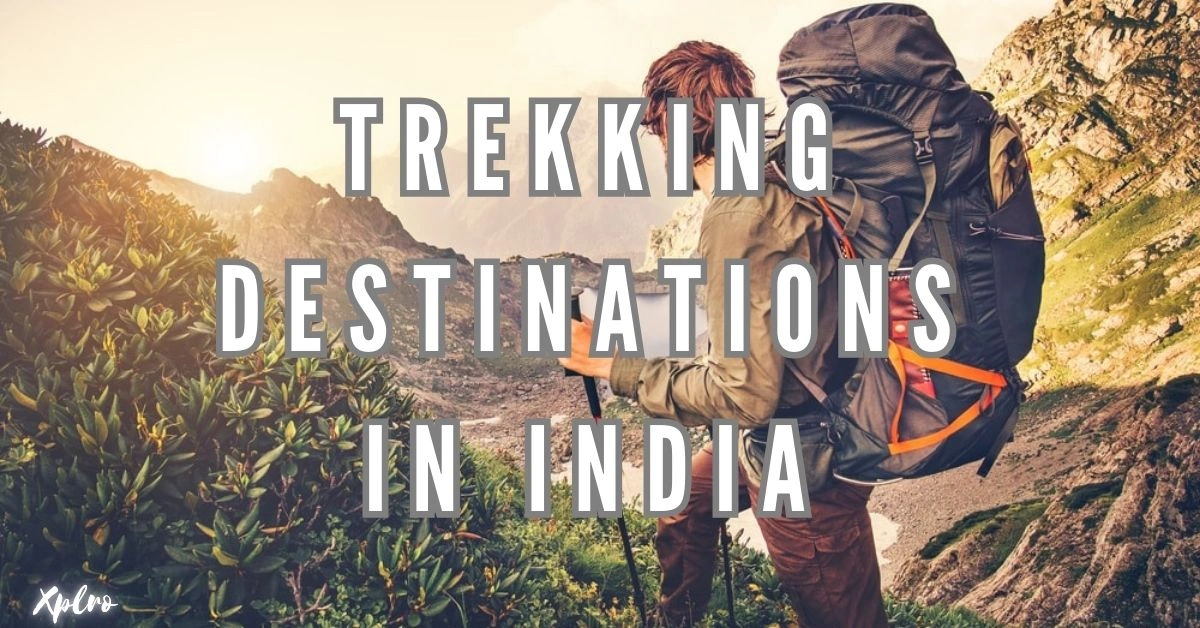Trekking Destinations in India, a land of diverse landscapes, offers a plethora of trekking opportunities for adventure enthusiasts. From the majestic Himalayas to the lush Western Ghats, India’s trekking trails promise breathtaking scenery, challenging routes, and unique cultural experiences. Trek through the vibrant meadows of Valley of Flowers, explore the high-altitude passes of Markha Valley, witness the panoramic views of Kanchenjunga from Goechala, or discover the mysterious Skeleton Lake on the Roopkund Trek.
For a truly unique experience, trek on the frozen Zanskar River during the Chadar Trek or embark on a pilgrimage to the sacred Hemkund Sahib Gurudwara. Explore the lush forests of Meghalaya, trek to the majestic Kalhatti Falls, or witness the four-tiered beauty of Dudhsagar Falls. For history buffs, the challenging trek to Harishchandragad Fort offers stunning views and a glimpse into the past. Whether you’re an experienced trekker or a beginner, India’s diverse trekking trails have something for everyone.
- 1. Chadar Trek – The Frozen River Trek
- 2. Valley of Flowers Trek – A Paradise of Blooms
- 3. Roopkund Trek – The Mystery Lake Trek
- 4. Hampta Pass Trek – A Journey Between Valleysa
- 5. Stok Kangri Trek – The Ultimate Summit Challenge
- 6. Kedarkantha Trek – The Winter Wonderland
- 7. Markha Valley Trek – Exploring Ladakh’s Rugged Beauty
- 8. Har Ki Dun Trek – The Stairway to Heaven
- 9. Sandakphu Trek – A Panorama of the World’s Highest Peaks
- 10. Tarsar Marsar Trek – The Hidden Lakes of Kashmir
- FAQs
1. Chadar Trek – The Frozen River Trek
- Location: Zanskar Valley, Ladakh
- Best Time: January to February
- Difficulty Level: Difficult
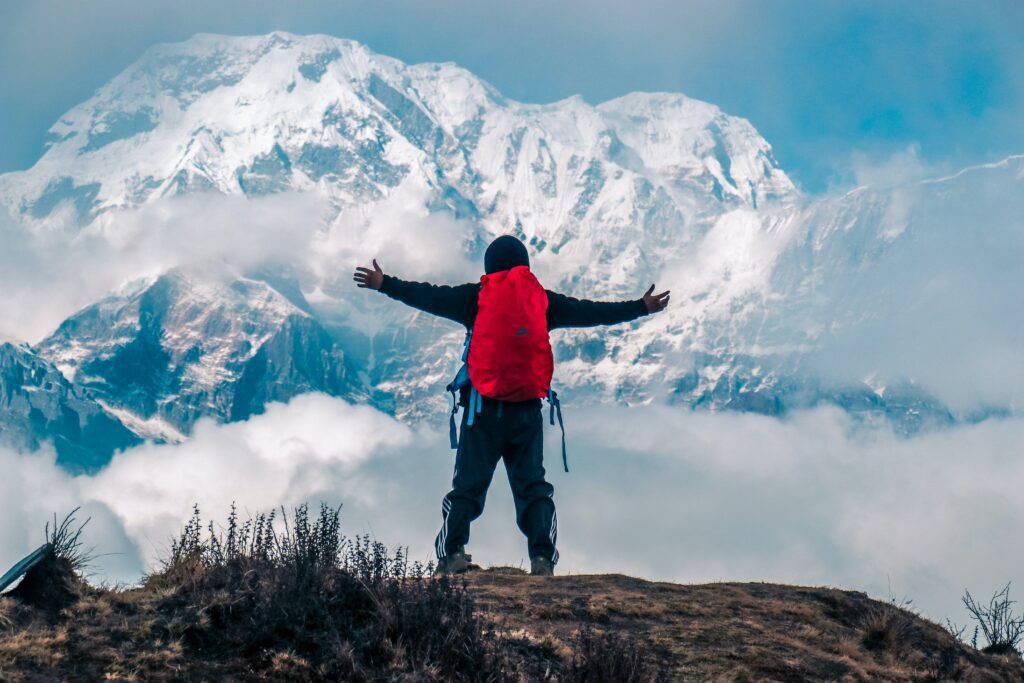
Embark on a truly unique adventure with the Chadar Trek. This challenging trek takes you along the frozen Zanskar River, offering a surreal landscape of icy pathways, snow-covered cliffs, and frozen waterfalls. Experience the thrill of walking on a frozen river, surrounded by the breathtaking beauty of the Himalayas.
Be prepared for extreme cold, as temperatures can plummet to -30°C. This demanding trek requires physical endurance and proper gear. Immerse yourself in the remote Zanskar Valley, interacting with the resilient local communities who have adapted to this harsh environment.
2. Valley of Flowers Trek – A Paradise of Blooms
- Location: Chamoli, Uttarakhand
- Best Time: July to September
- Difficulty Level: Moderate
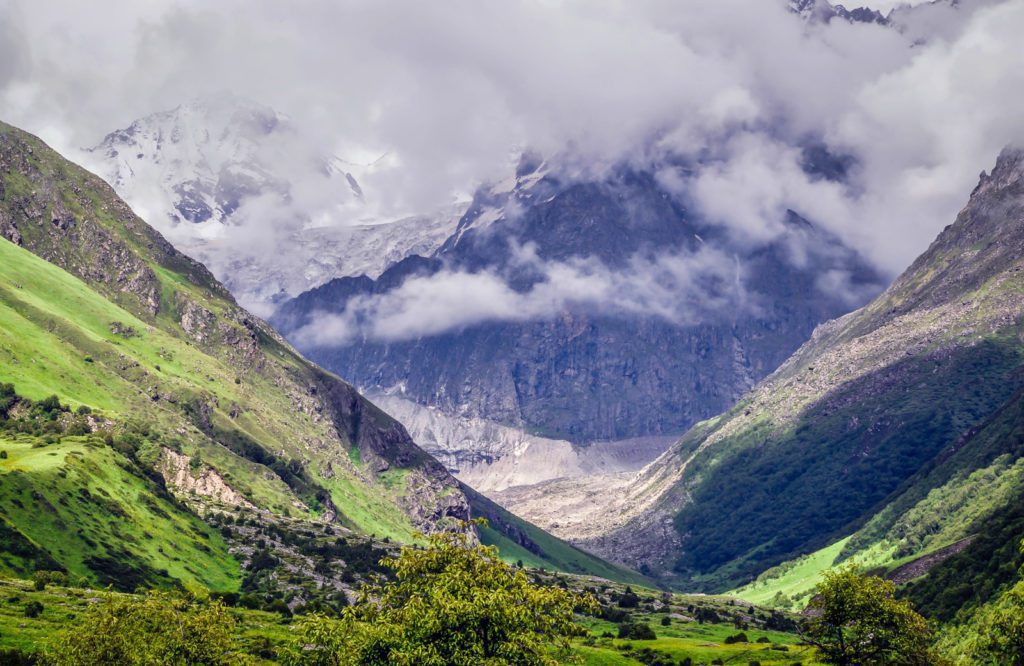
Embark on a journey to the enchanting Valley of Flowers, a UNESCO World Heritage Site. This moderate trek takes you through lush green valleys, cascading waterfalls, and snow-capped peaks. During the monsoon season, the valley transforms into a vibrant carpet of wildflowers, offering a breathtaking spectacle.
Don’t miss the opportunity to visit Hemkund Sahib, a sacred Sikh pilgrimage site nestled amidst stunning glacial lakes and snow-clad mountains. This spiritual journey, combined with the natural beauty of the Valley of Flowers, makes for an unforgettable trekking experience.
3. Roopkund Trek – The Mystery Lake Trek
- Location: Uttarakhand
- Best Time: May to October
- Difficulty Level: Moderate to Difficult
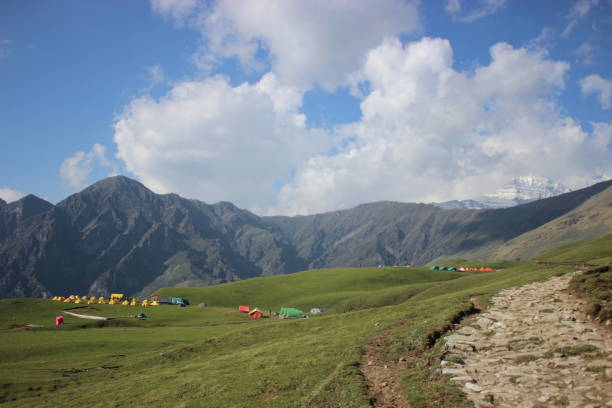
Embark on a captivating journey to Roopkund Lake, a high-altitude lake shrouded in mystery. This trek takes you through dense forests, lush meadows, and breathtaking alpine landscapes. The highlight of the trek is the eerie Skeleton Lake, where hundreds of ancient human skeletons have been discovered.
As you ascend, you’ll be rewarded with panoramic views of the majestic Nanda Devi and Trishul peaks. This challenging yet rewarding trek offers a unique blend of natural beauty and historical intrigue.
4. Hampta Pass Trek – A Journey Between Valleysa
- Location: Himachal Pradesh
- Best Time: June to October
- Difficulty Level: Moderate
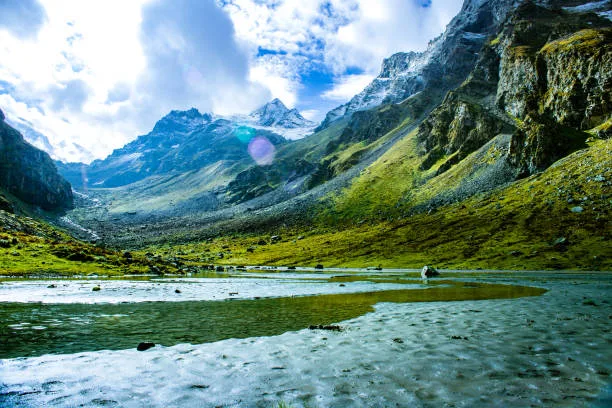
The Hampta Pass Trek offers a captivating journey through diverse landscapes. Starting in the lush Kullu Valley, the trek takes you through meadows, forests, and eventually leads to the arid Lahaul Valley.
The highlight of the trek is the serene Chandratal Lake, a stunning glacial lake nestled amidst snow-capped peaks. The contrast between the green valleys and the barren desert landscape makes this trek a photographer’s paradise.
5. Stok Kangri Trek – The Ultimate Summit Challenge
- Location: Ladakh
- Best Time: July to September
- Difficulty Level: Difficult
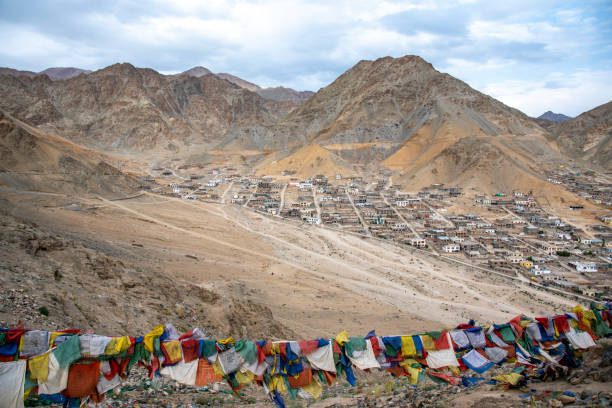
For experienced trekkers seeking a challenging adventure, the Stok Kangri Trek is an ideal choice. This demanding trek takes you to one of the highest trekkable peaks in India, reaching an altitude of 6,153 meters.
Traverse thrilling ridges, cross glaciers, and witness the breathtaking panoramic views of Ladakh’s vast mountain ranges. Reaching the summit is a rewarding experience, offering stunning vistas of the Zanskar and Karakoram ranges
6. Kedarkantha Trek – The Winter Wonderland
- Location: Uttarakhand
- Best Time: December to April
- Difficulty Level: Easy to Moderate
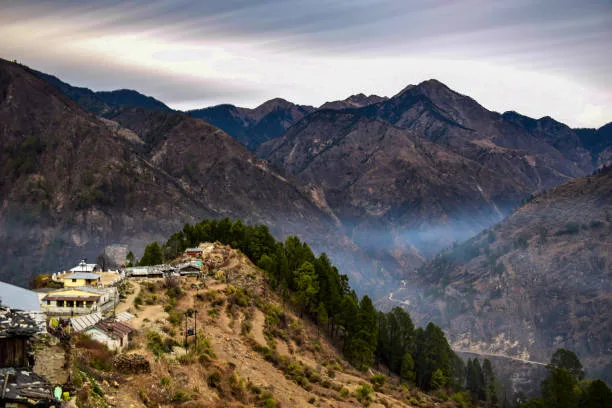
The Kedarkantha Trek is a popular winter trekking destination, perfect for beginners. This trek takes you through snow-covered forests, charming Himalayan villages, and leads to a breathtaking summit with panoramic views of Swargarohini, Bandarpoonch, and Black Peak.
Experience the magic of the Himalayas during winter, without the extreme challenges of high-altitude trekking. This trek offers a serene and rewarding experience, making it a great choice for those looking to enjoy the beauty of snow-capped mountains.
7. Markha Valley Trek – Exploring Ladakh’s Rugged Beauty
- Location: Ladakh
- Best Time: June to September
- Difficulty Level: Moderate to Difficult
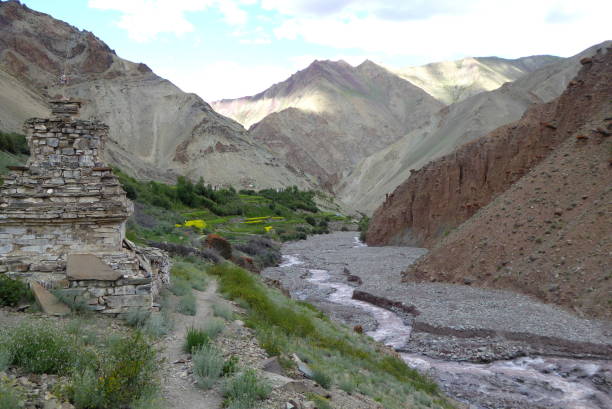
The Markha Valley Trek is a cultural and scenic adventure through the heart of Ladakh. This trek takes you through remote villages, ancient Buddhist monasteries, and high-altitude passes.
Trek along the Markha River, cross challenging passes, and camp under the starry sky. The towering Mount Kang Yatse provides a stunning backdrop to this breathtaking landscape. Immerse yourself in the rich Ladakhi culture, interacting with friendly locals and exploring centuries-old monasteries.
8. Har Ki Dun Trek – The Stairway to Heaven
- Location: Uttarakhand
- Best Time: April to June, September to December
- Difficulty Level: Moderate
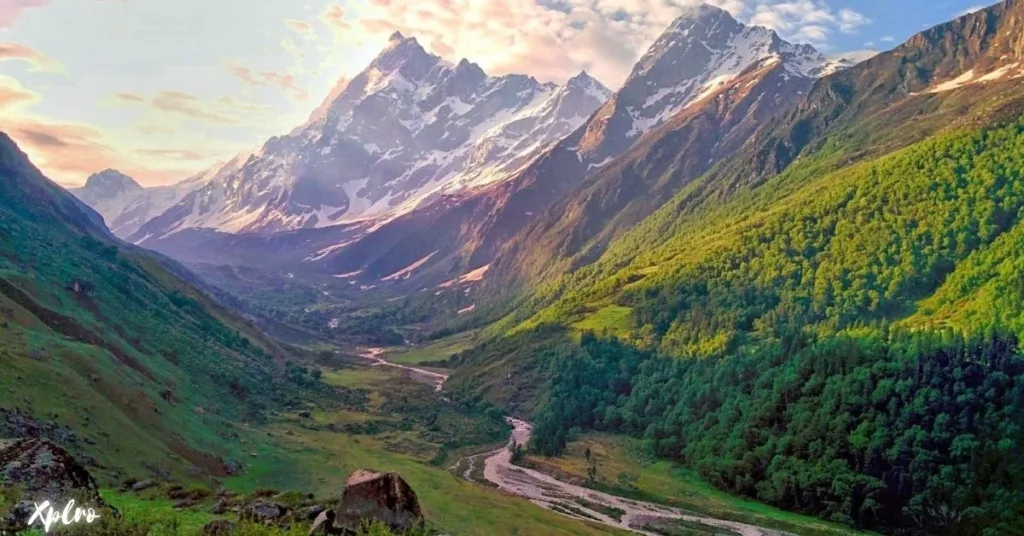
The Har Ki Dun Trek, often referred to as the “Valley of Gods,” is a scenic journey through lush forests, gurgling rivers, and alpine meadows. This trek is steeped in mythology, with connections to the epic Mahabharata. The valley’s remote beauty and tranquil atmosphere make it a perfect escape from the hustle and bustle of city life.
Camp under the starry sky along the majestic Swargarohini Range and explore traditional Himalayan villages untouched by modern civilization. This trek offers a truly immersive experience into the heart of the Himalayas.
9. Sandakphu Trek – A Panorama of the World’s Highest Peaks
- Location: West Bengal/Sikkim Border
- Best Time: October to May
- Difficulty Level: Moderate
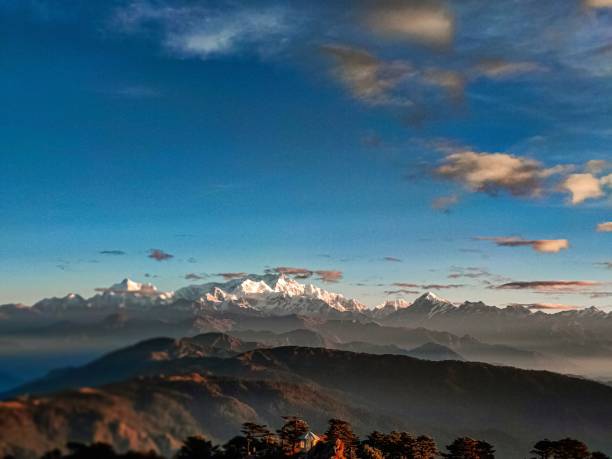
The Sandakphu Trek offers a truly awe-inspiring experience. As you ascend this peak, you’ll be rewarded with breathtaking views of four of the world’s tallest mountains: Everest, Kanchenjunga, Lhotse, and Makalu.
The trail winds through lush rhododendron forests, offering a colorful and fragrant journey. One of the most iconic sights is the “Sleeping Buddha” formation of Kanchenjunga, a mesmerizing spectacle that will leave you spellbound. For photography enthusiasts, Sandakphu is a paradise, offering countless opportunities to capture the majestic beauty of the Himalayas.
10. Tarsar Marsar Trek – The Hidden Lakes of Kashmir
- Location: Kashmir
- Best Time: July to September
- Difficulty Level: Moderate
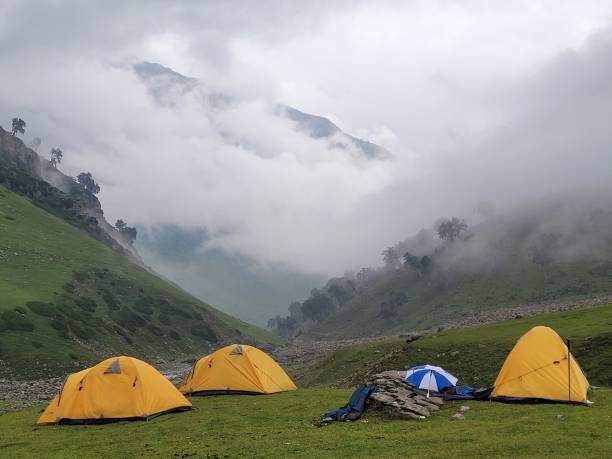
The Tarsar Marsar Trek offers a serene escape into the pristine beauty of Kashmir. This trek takes you to the twin alpine lakes of Tarsar and Marsar, nestled amidst lush meadows and towering mountains.
The trail is filled with breathtaking landscapes, including crystal-clear lakes, cascading waterfalls, and verdant valleys. Camping by the lakeside under a starlit sky provides a truly unforgettable experience. This lesser-known trek offers a peaceful retreat, away from the crowds, and allows you to connect with the natural beauty of the Himalayas.
Conclusion – Trekking Destinations in India
India’s diverse trekking trails offer adventures for all. From gentle meadows to frozen rivers, high passes to mountain peaks, each trek promises stunning scenery, cultural encounters, and unforgettable experiences. Beginners can explore the Valley of Flowers’ vibrant blooms, while seasoned trekkers can conquer the Stok Kangri summit. Witness the surreal beauty of the frozen Zanskar River on the Chadar Trek, discover the mystery of Roopkund Lake, or camp under a starlit sky by the serene Tarsar Marsar lakes in Kashmir. Lace up your boots, explore with Xplro.com (your travel guide to India), and discover the magic of India’s unforgettable trekking trails.
FAQs
1. When is the best time to go trekking in India?
- The ideal time varies depending on the region and altitude of the trek. For winter treks like the Chadar Trek in Ladakh, January to February is best. For treks in Uttarakhand and Himachal Pradesh, the preferred times are April to June and September to October. Treks in the Western Ghats and South India are most pleasant from October to March.
2. Do I need permits to trek in India?
- Yes, some treks require permits, particularly those in protected areas or near sensitive borders. For instance, permits are needed for the Valley of Flowers and Roopkund in Uttarakhand, as well as for certain Ladakh treks like Markha Valley. Permits can typically be arranged through a trekking agency or local authorities.
3. What level of fitness do I need for trekking in India?
- The fitness level required varies by trek. Beginner-friendly treks such as Kedarkantha or Triund can be done with minimal preparation, while challenging treks like Stok Kangri or Chadar require a higher level of endurance. Building cardiovascular fitness and strengthening your legs and core is beneficial, especially for moderate to strenuous treks.
4. How can I prepare for high-altitude treks?
- For high-altitude treks, gradual acclimatization is crucial to prevent altitude sickness. Ascend slowly, drink plenty of water, and take time to rest. Regular cardio exercises, strength training, and lower-altitude hikes are good preparation. Medications like Diamox can help with acclimatization, but consult your doctor before use.
5. What essential gear should I bring for trekking?
- Important items include sturdy hiking boots, quick-dry clothing, a warm jacket, a sleeping bag, trekking poles, a water bottle, sunscreen, and a basic first-aid kit. Winter and high-altitude treks may also require additional layers, gloves, and crampons. Many trekking operators provide basic gear, so check with them beforehand.
6. Is solo trekking in India safe?
- Solo trekking is possible, especially on popular trails like Triund or Kedarkantha. However, for more remote or challenging treks, it’s safer to join a group or hire a guide. Trekking with others provides extra support in case of emergencies. Always inform someone of your plans and carry essential safety tools if you go solo.
7. Do I need a guide or trekking company?
- Answer: A guide or trekking company isn’t mandatory for all treks, but it’s highly recommended for challenging routes. Trekking companies provide logistical support like food, shelter, and equipment, and guides bring valuable local knowledge. For trails like Stok Kangri or Markha Valley, where conditions can change quickly, a guide is invaluable.
8. What kind of food can I expect on a trek?
- Most trekking companies provide simple, vegetarian meals, which are easier to carry and prepare. Meals typically include rice, dal, chapatis, porridge, and soups, all aimed at providing sustained energy. If you’re trekking independently, pack high-calorie snacks like nuts, protein bars, and dried fruits for extra fuel on the trail.
9. How do I manage waste on the trail?
- Follow “Leave No Trace” principles: carry reusable containers to reduce waste, pack out all non-biodegradable trash, and dispose of biodegradable items away from water sources. Responsible waste management helps preserve the environment for future trekkers and protects local ecosystems.
10. What is altitude sickness, and how can I prevent it?
- Altitude sickness, or Acute Mountain Sickness (AMS), occurs when ascending quickly to high altitudes. Symptoms include headaches, nausea, and fatigue. To prevent AMS, ascend gradually, stay hydrated, and avoid alcohol. If symptoms worsen, descend immediately. Carrying AMS medication like Diamox (consult a doctor first) can be helpful.
11. What should I do if I encounter wildlife?
- Wildlife sightings can be thrilling but require caution. Maintain a safe distance, avoid sudden movements, and never feed animals. If you encounter a potentially dangerous animal, stay calm, make yourself appear larger, and back away slowly. Following marked trails can reduce the likelihood of unexpected encounters.
12. What tips are helpful for trekking during monsoon season?
- Monsoon trekking can be enjoyable if prepared. Choose well-drained trails, wear rainproof clothing, and carry an anti-slip backpack cover. For forested trails, consider anti-leech socks or carry salt as a deterrent. Avoid high-altitude regions prone to landslides and stick to safer, low-altitude treks during heavy rains.


